Galapagos Islands Facts
- The term of Galapagos Islands serves as the most frequently used title for a true marvel of geological processes. The truly breathtaking formation constitutes not a single isle, but actually a largely pristine archipelago of remarkable volcanic islands.
- This magnificent site also represents a rather incredible marvel of both geology and biology. This fabulous location is therefore considered by many experts to be a unique assembly of incomparably vast ecological importance and significance.
- Both the larger islands and the numerous smaller bodies comprising the archipelago additionally formed in a quite fascinating portion of the globe. That holds true due to the coincidental fact that this marvel of Nature roughly straddles the equator.
- Therefore, part of the remarkable archipelago lies in the Northern Hemisphere, while the rest lies in the Southern Hemisphere. The studies of this breathtaking location by Charles Darwin played a pivotal role in the development of his theory of evolution.
- Due to the incomprehensible value the Galapagos Islands hold to science, it now holds several distinctions. The islands themselves now comprise the Galapagos National Park, and the surrounding waters form the awesome Galapagos Marine Reserve.
Related Articles
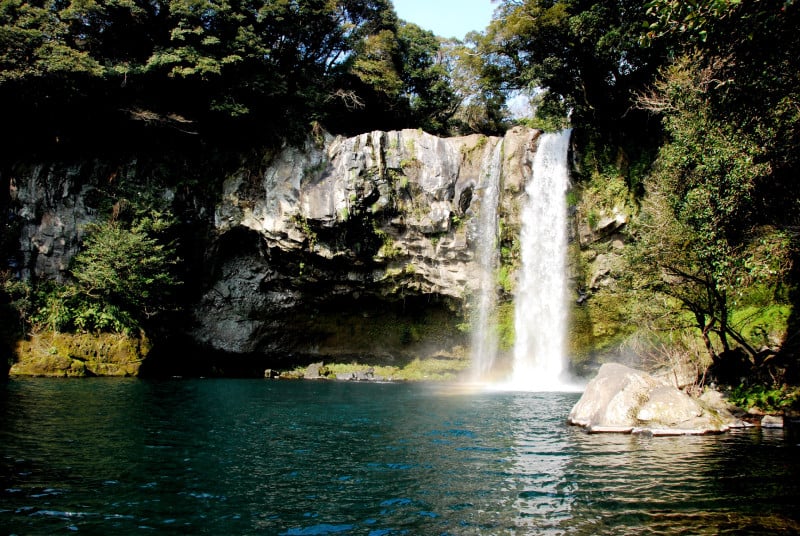
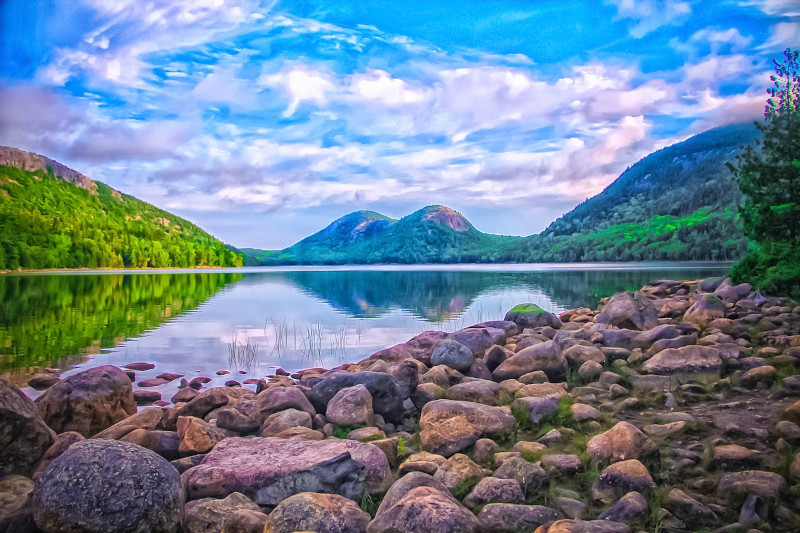
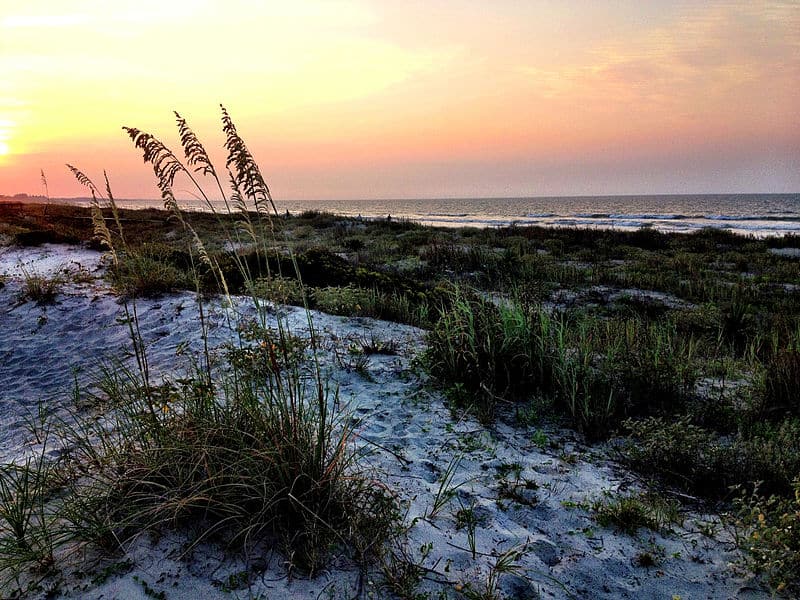
Galapagos Islands Physical Description
Perhaps most notably, the astonishing Galapagos Islands actually include an extensive array of sites. That’s because it consists of a grand total of 18 primary islands, 3 smaller ones, and 107 rocks and islets. This provides a vast array of wonders for the visitor to behold.
Yet it also impresses in another way, too. That’s due to the fact that it boasts some respectable dimensions. Together, the magnificent archipelago measures an impressive 3,040 sq mi (7,880 sq km) in total area. That’s nearly half that of the Hawaiian Islands.
The greater part of its area remains concentrated, though. The largest island within this grouping bears the name Isabella. This single isle alone contains a measured 2,250 sq mi (5,800 sq km) of land. This equals approximately 74% of the total.
Many of the various individual islands and islets forming the Galapagos Islands individually merit appreciation. That’s true in part to the fact that several also serve as home to one or more volcanoes. Some of these volcanoes remain active even in current times.
Thankfully, though, none of these have erupted violently in modern times. Two of the islands, Fernandina and Isabela, are still growing through slow volcanic processes, however. Nature, it seems, has not yet finished it work where this amazing site is concerned.

Galapagos Islands Location, Formation, and Ecology
The uniquely placed Galapagos Islands straddle both sides of the equator in the Pacific Ocean. More specifically, this location also roughly encircles the center of the Western Hemisphere. That location does, however, place it rather far away from the mainland.
This location lies 500 nautical miles (926 km) west of continental Ecuador, in South America. Only 5 of the islands have a population, all of them sparsely settled. This human assemblage totals around 25,000. But none of these constitute a native population.
Interestingly, the archipelago does remain well known for its large number of native plant and animal species. In fact, the importance of this unique area is clear from the fact that not only is it a UNESCO World Heritage Site, but it also constitutes a Biosphere Reserve.
The majority of the overal surface area contains an abundance of semi-desert vegetation. That includes grasslands, shrublands, and dry forests. Higher regions do have a moister enviroment, though. Together, the two serve as home to over 500 species of vascular plants.
Some of the amazing species calling the site home live nowhere else on earth. These include such species as the Galapagos Penguin and the Marine Iguana. Quite sadly, however, various invasive species now form a problem for some of the native flora and fauna.
A total of 27,000 sq miles (70,000 sq km) of the ocean surrounding the Galapagos Islands now represents a marine reserve, and a National Park. Having formed through volcanic activity, like many others in the immediate area, gives it a highly fertile environment.
Features Sharing Its Region
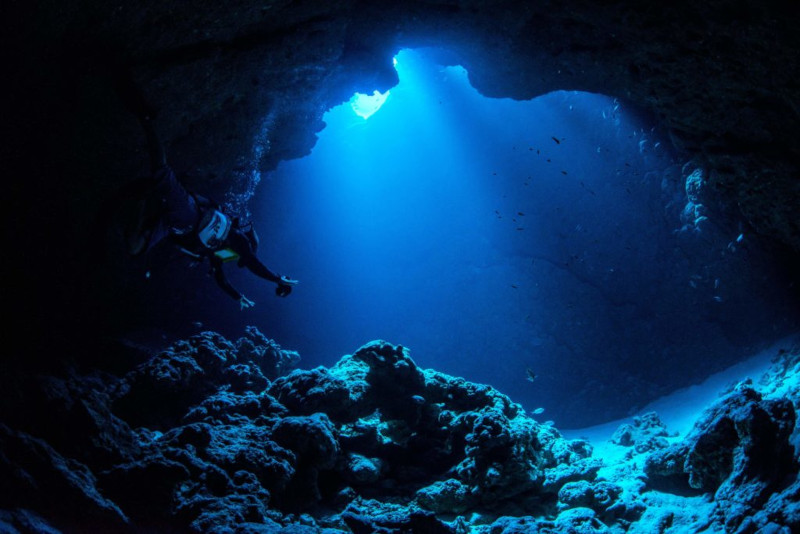
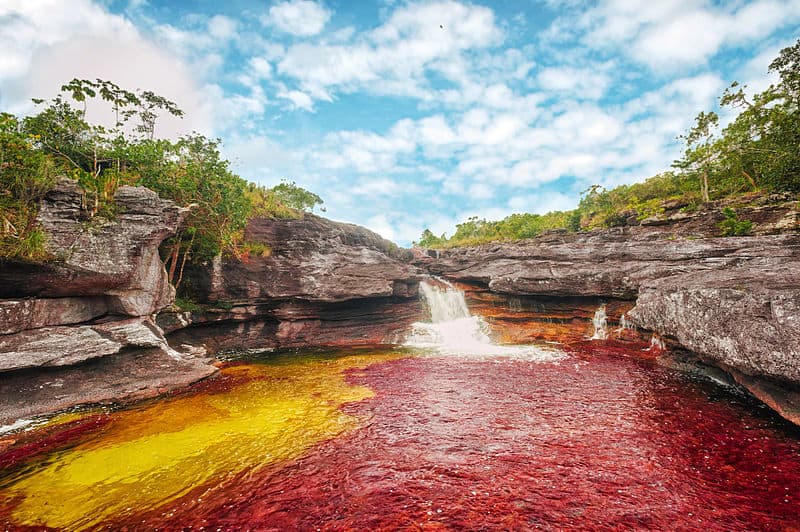
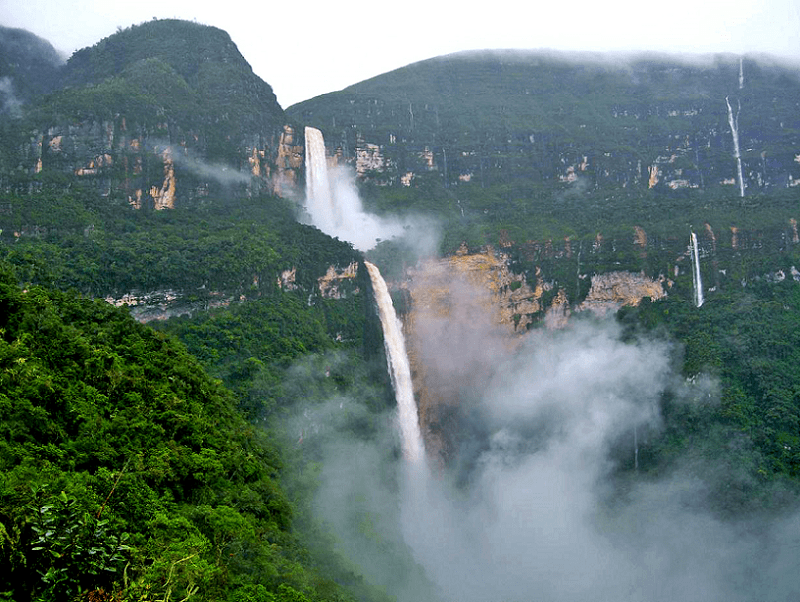
Check out our other articles on 5 Magnificent Mammals of Greenland, Mountain Chicken, Eye of the Sahara, Hawaiian White Hibiscus, Marbled Cat, Salt Creek Tiger Beetle, Weka











Leave a Reply